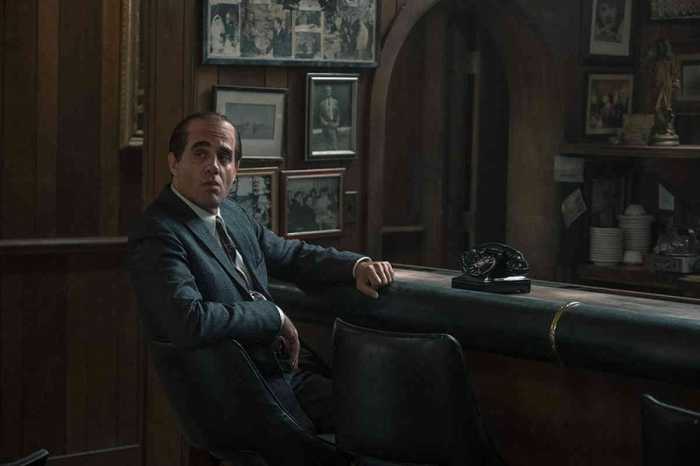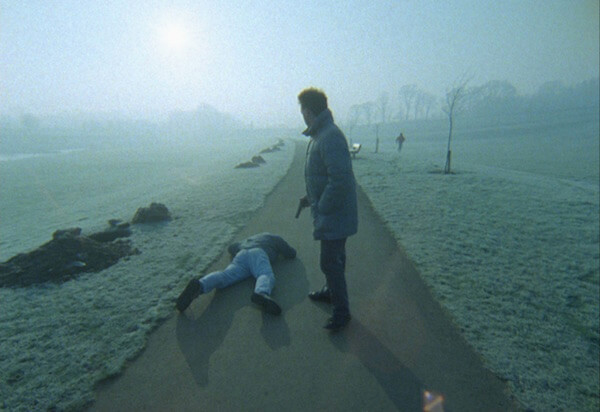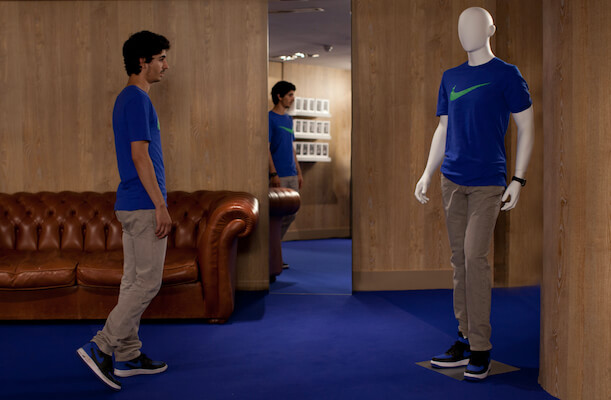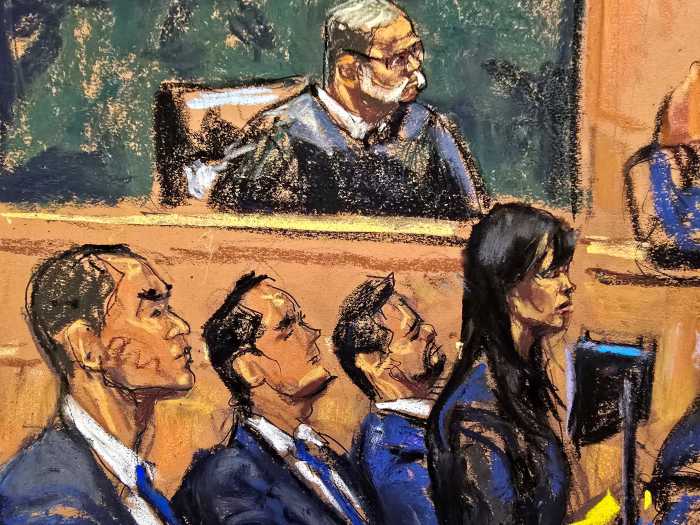Jean-Pierre Lèaud in the title role in Albert Serra’s “The Death of Louis XIV.” | CINEMA GUILD
In cinema, death usually means a gunshot and a dime-sized spot of blood or a photogenic elderly person lying in bed and giving one final sigh. Some horror movies have delved further into the weaknesses of the body, especially the possibility of becoming a victim of violence in excruciating ways. There are a handful of films devoted to the process of slow death – Maurice Pialat’s “The Mouth Agape,” Todd Haynes’ “Safe,” Frederick Wiseman’s lengthy documentary “Near Death,” Cristi Puiu’s “The Death of Mr. Lazarescu” – and they’re not easy viewing, particularly the Pialat film.
Spanish director Albert Serra’s “The Death of Louis XIV,” made in France, joins their company. The title lets you know upfront what it’s about, and it would be almost impossible to give spoilers for this film. It’s about a man lying in bed and dying for 110 minutes. He finally passes away about five minutes from the end.
“The Death of Louis XIV” begins in Versailles in August 1715. Following a hunting trip, Louis XIV (Jean-Pierre Léaud) discovers a painful black spot on his leg. It soon bothers him so much that he becomes bedridden. As the spot spreads, he develops a fever and it becomes obvious that his leg has developed gangrene. Doctors treat him with exotic but useless elixirs made of donkey milk and frogs’ sperm and blood. The king tries to hold on to political power, but clinging to life itself is becoming increasingly hard for him.
“The Death of Louis XIV” is serious filmmaking the world is making less space for
The Film Society of Lincoln Center is opening “The Death of Louis XIV” in conjunction with a retrospective of the films of Jean-Pierre Léaud. Making his debut at age 12 in François Truffaut’s “The 400 Blows,” he became that director’s alter ego in a cycle of films and quickly incarnated the rebellious spirit of the French New Wave. This series includes the expected Godard and Truffaut classics, but also offers opportunities to see lesser-known gems like gay director Pier Paolo Pasolini’s “Porcile” and Jacques Rivette’s “Out One: Spectre,” as well as Philippe Garrel’s extremely rare “La Concentration.” But there’s something a bit sinister about Serra’s casting of an actor so central to French film history in a film completely devoted to mortality.
After the ‘60s, parts didn’t dry up for Léaud, but his innocence faded. In Jean Eustache’s “The Mother and the Whore,” he essentially held center stage in a requiem for the hopes raised by the French New Wave and the leftists who rebelled in May ’68. In real life, he suffered from mental illness and attacked his landlady. Olivier Assayas’ “Irma Vep” cast him as a washed-up director who couldn’t complete a film. Once the image of youth, he’s now an old man whose real mortality is in sight. Watching “The Death of Louis XIV,” it’s impossible not to think about this.
Serra makes the kind of hardcore art cinema that’s unfashionable these days if you want to get distribution: long takes, minimal narrative, slow pacing, extremely dark cinematography, and dim lighting. While he doesn’t aim for the complete austerity of the duo of Jean-Marie Straub and the late Daniele Huillet, he’s obviously influenced by them, even if he gets more full-blooded performances from his cast. “The Death of Louis XIV” demands to be seen on the big screen because of its formal qualities; paradoxically, that same rigor will probably ensure that it will only play theaters in about a dozen American cities. This is a film to sink into, not to watch on a laptop or TV monitor. Serra looks beyond cinema, aspiring to the vision of Rembrandt.
There are some unintentional bits of humor along the way: Léaud’s enormous curly wig makes him look like a member of an ‘80s hair metal band whose stylist had an accident while giving him a perm. Even so, I can’t help wondering if the death being mourned here isn’t just one man’s. Jean-Luc Godard and Agnès Varda are the only surviving major French New Wave directors. The tradition they participated in threatens to get lost as Luc Besson makes action films in English that efface all traces of their French nature in order to pass as Hollywood product all over the world. French cinema isn’t dead, as films like Assayas’ “Personal Shopper,” Julia Ducournau’s “Raw,” and Serra’ s own funeral rite show. But the space for the kind of unabashedly serious filmmaking represented by “The Death of Louis XIV” is shrinking all over the world and disappearing into one-night appearances at festivals and museums. The fact that “The Death of Louis XIV” will play for at least a week in New York may be the best argument against its relentless focus on death.
THE DEATH OF LOUIS XIV | Directed by Albert Serra | In French with English subtitles | The Cinema Guild, Opens March 31 | Film Society of Lincoln Center, Elinor Bunin Munroe Film Center, Howard Gilman Theater, 144 W. 65th St. | filmlinc.org




































